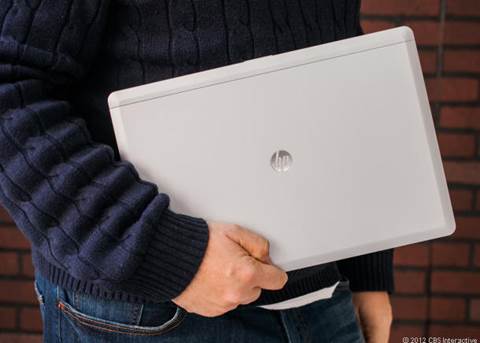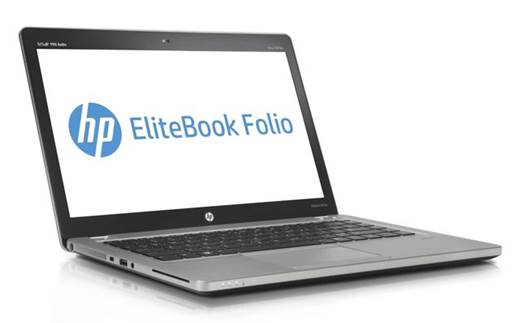It's strange to think that at this time last
year we were only evaluating a few Ultrabooks. Actually, they were so few that
we could count them with the fingers: Acer, Asus, Lenovo and Toshiba. It would
count 5 with HP, along with its Folio 13, an ultraportable aimed at the
business market, but in the end it became our outstanding comprehensive choice
thanks to its excellent battery life, comfortable keyboard, and multiple ports.

HP
EliteBook Folio 9470
Of course, since then, HP has been a little
too enthusiastic about ultraportables, with some ultraportable made of glass,
metal, which are expensive and cheap. Ultrabooks are really no longer Ultrabooks!
It is a variety of choices, which is sometimes confusing.
But at the present, nearly one year after
the time we evaluated the Folio 13, HP has returned to where it came from with
a different business model. This time, the EliteBook Folio (which costs $1049
and more) has a 14-inch screen, and it is the first Ultrabook in HP's high-end
EliteBook series, which is often aimed at enterprises and other companies that have
IT departments. We know: "pre-boot authentication" is not the most
attractive word in the English language, and indeed, we typically only assess
laptops for ordinary consumers. However, the problem is that the EliteBook
Folio is not your typical corporate box: with magnesium chassis and soft finish,
it is attractive enough to beat your personal laptop. So, is it good enough to be
used as a work-entertainment computer? Keep reading more to know!
Look and feel
If you look at it closely enough, you can
tell that this is a business computer – first of all, the tracking stick is a
dead giveaway. Even so, it is trendier than what we would expect from a
business computer. While other former HP EliteBooks were made of metal which looked
stern, the Folio gives a more pleasant feel, with soft finish covering the lid
and the bottom side. Although the keyboard tray is still made of aluminum, this
time it has more subtle effects. In short, it feels not as discreet as other
business laptops, but more consumer-friendly. At the same time, it is still
mild enough so that you can safely pull it out in your next business meeting.
But, unless you own a gaming laptop with a dragon breathing flame painted on
it, is there any laptop that is not appropriate in such cases?

If
you look at it closely enough, you can tell that this is a business computer.
The fact that it meets Intel’s Ultrabook specifications
will tell you this is a pretty slim and ultra-light computer. However, weighing
3.6 pounds, it's slightly heavier than Lenovo ThinkPad X1 Carbon, which weighs
precisely 3-pound more than it. It is also thicker, only 0.74 inch, but it is
reasonable: it has an Ethernet jack and Carbon does not. That means, it is
still easy for you to carry it with you, especially if you are used to pulling
something out in the range of about 5 pounds.
On continuing our tour, the other ports
include three USB 3.0 ports, one VGA jack, DisplayPort, a headphone jack, a
Kensington lock slot, an SD slot and a SmartCard reader. The only compromise
here seems to be one HDMI port missing although it probably does not matter for
business users as much with a VGA output or DisplayPort. Back to the keyboard
tray, there is a fingerprint reader wedged into the right corner of the wrist
rest; above the keys is the power button, along with some dedicated buttons to
mute the sound and turn off Wi-Fi. By the way, the power button is very narrow,
and slightly recessed, which makes it difficult for you to press it with your
fingertip; you may need to poke a nail into it, which is rather regrattable
considering how often you will turn on the device.
On the left, you will find a small and slim
air vent, which blows out cool-to-warm air, depending on how you want your PC
to work. Thanks to HP's built-in CoolSense technology, you will be able to
comfortably work with the laptop in your lap, although sometimes the fan can be
a bit noisy. It is not so noisy as some other Ultrabooks we have tested
recently, but you can low whining sound coming from the side of the device,
even if you are just browsing in IE 10.

On
the left, you will find a small and slim air vent, which blows out cool-to-warm
air, depending on how you want your PC to work.
At the bottom, you have the TPM, which will
make IT managers happy, along with a hard drive accelerometer to help protect
the disk in case it is dropped. There are many business-friendly features to
the software, but we will talk about them in an appropriate time.